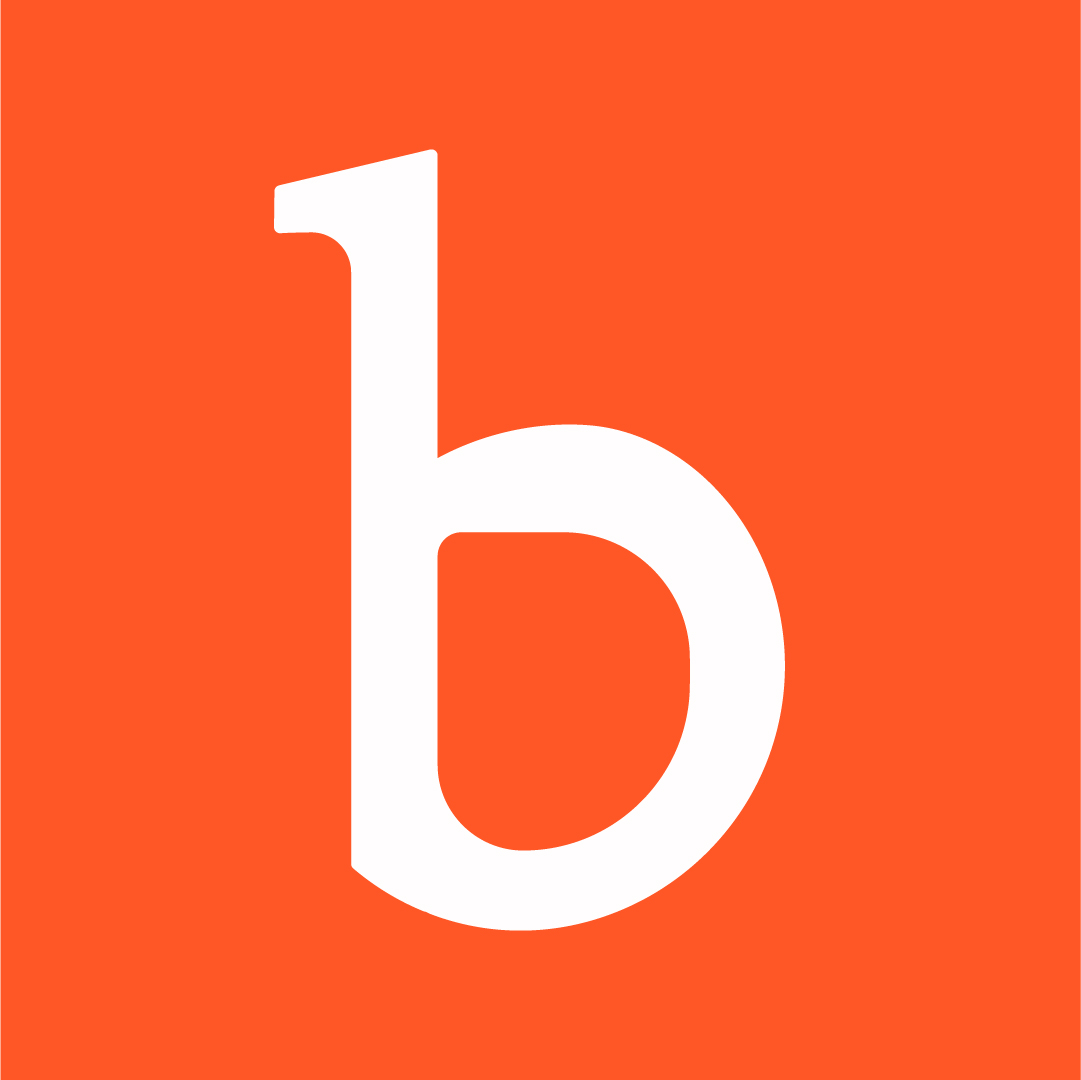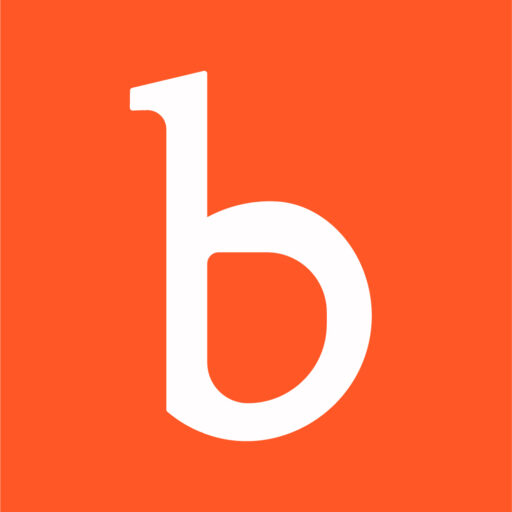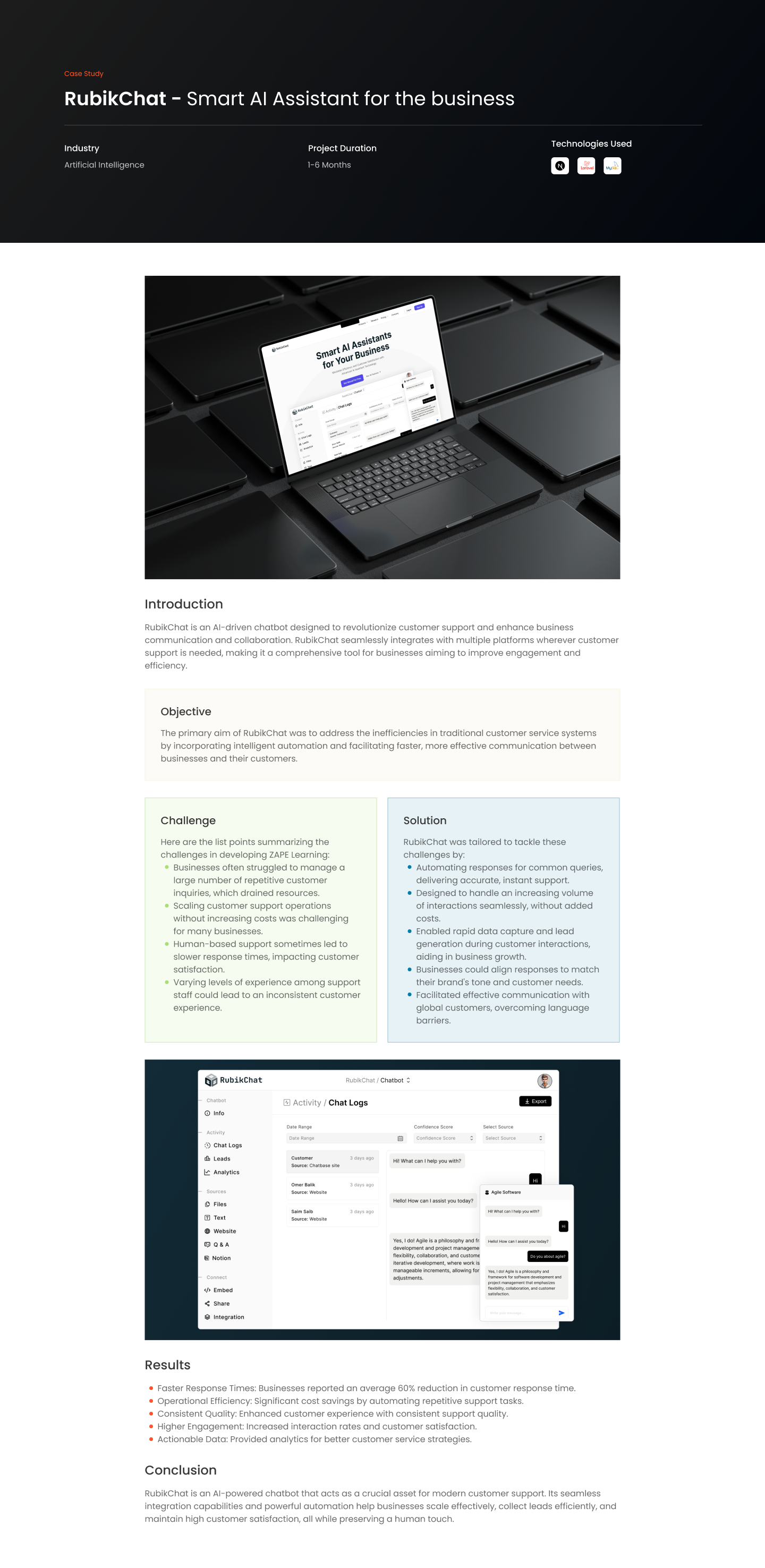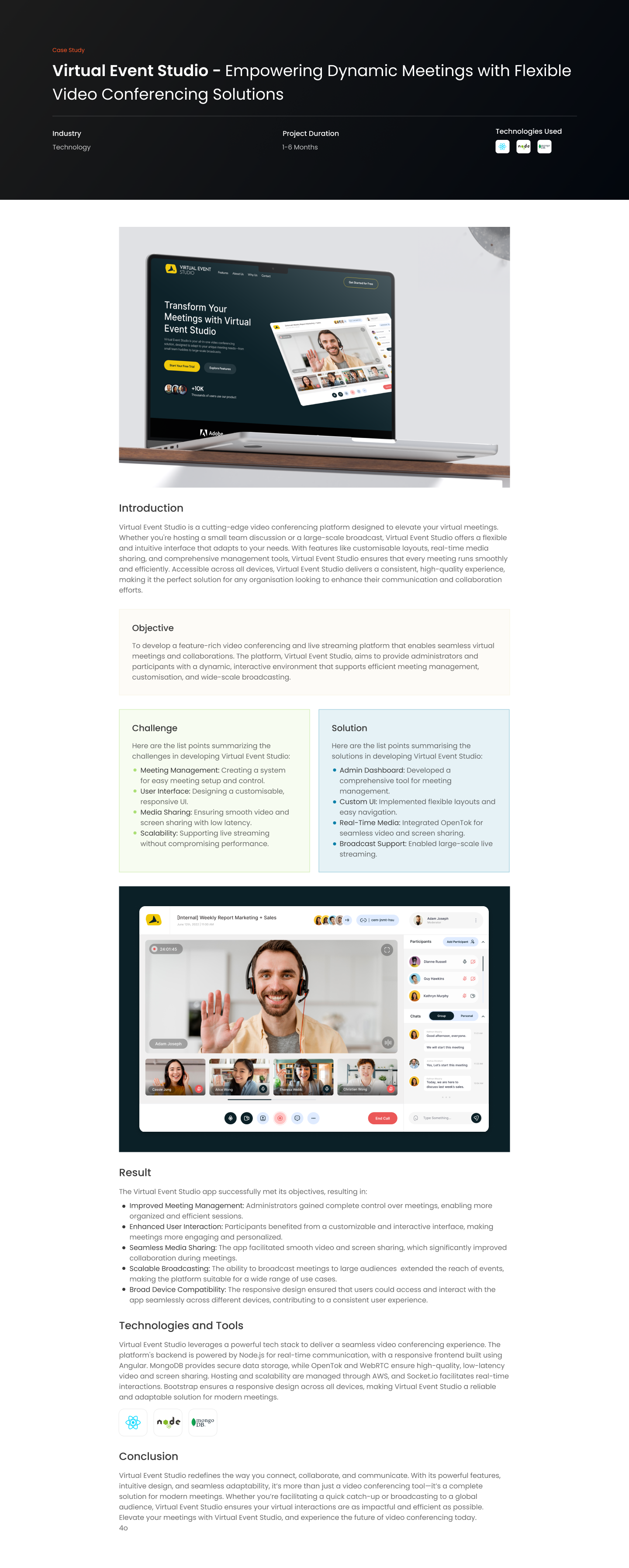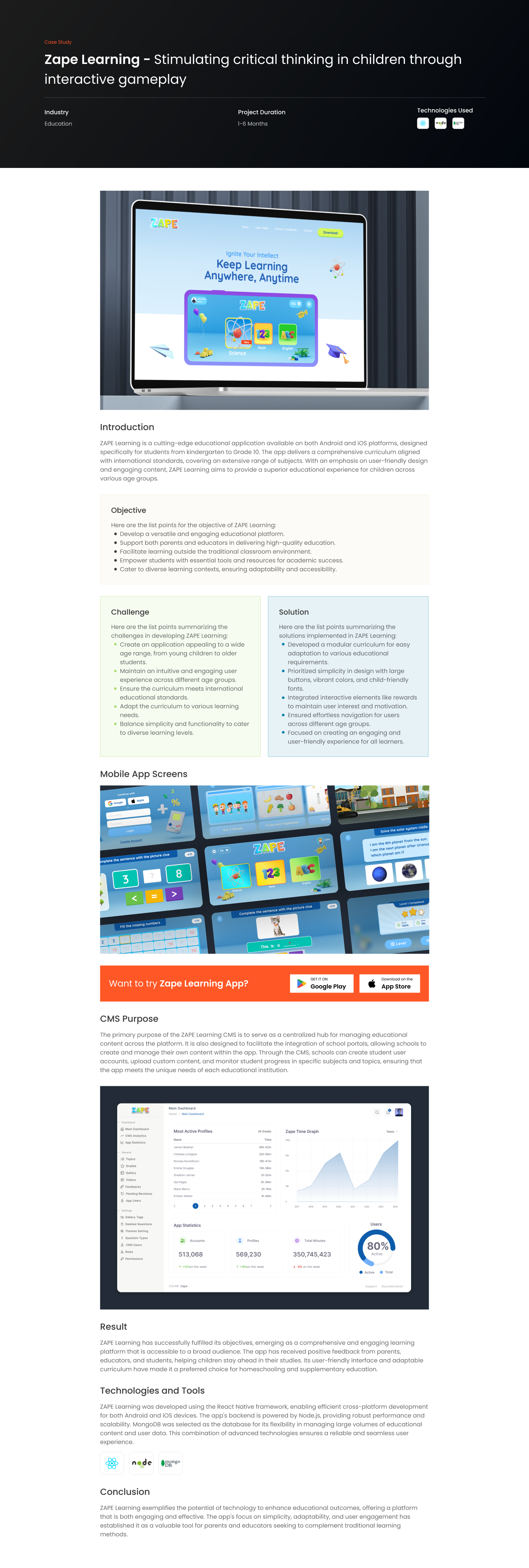Introduction
GraphQL, developed by Facebook in 2012, has rapidly emerged as a transformative force in web development, offering a robust alternative to the traditional REST API model. With its efficiency, flexibility, and power, GraphQL addresses many of the limitations found in REST APIs, ushering in a new era of data interchange between servers and clients.
Core Features of GraphQL
- Efficient Data Retrieval: Unlike REST, which often results in over-fetching or under-fetching data, GraphQL allows clients to request exactly the data they need, significantly reducing unnecessary data transfer and speeding up applications.
- Single Endpoint: GraphQL utilizes a single endpoint for all queries, simplifying API management and reducing the need for version control, a contrast to REST’s requirement for multiple endpoints.
- Real-Time Data with Subscriptions: It supports real-time data updates through subscriptions, a feature not natively available in REST APIs.
- Strongly Typed System: The strongly typed schema in GraphQL acts as a contract between the client and server, enhancing API exploration and validation.
- Simplified Data Aggregation: GraphQL simplifies the aggregation of data from multiple sources, making it ideal for microservices architectures and third-party data integration.
Implementing GraphQL in Your Projects
To leverage GraphQL, you’ll need to choose the right tools for both the server-side and client-side development. Server-side options include Apollo Server, Express-GraphQL, and GraphQL Yoga, while client-side libraries like Apollo Client and Relay Modern help manage GraphQL queries, caching, and data synchronization.
Developing a GraphQL schema is the first step in implementing it in your projects. This involves defining your API’s data types, queries, mutations, and subscriptions. Tools like GraphiQL or Apollo Studio are invaluable for building and testing your queries.
Advantages Over REST and Moving Forward
GraphQL’s single endpoint approach, efficient data retrieval, and ability to push updates to clients in real time present a compelling alternative to REST APIs. Its strong typing system and flexibility in aggregating data from multiple sources allow developers to create more efficient, scalable, and powerful web applications.
To explore more about GraphQL, dive into the wealth of resources available:
- The official GraphQL documentation provides an in-depth introduction, best practices, and advanced topics. (Documentation Link)
- The GraphQL GitHub organization and Discord channel offer avenues for community engagement and support. (GitHub Link) (Discord Link)
Embracing GraphQL can significantly enhance your web development projects, making them more efficient and responsive to user needs. Whether you’re a seasoned developer or new to web development, understanding and utilizing GraphQL is a step towards building more flexible and powerful web applications.

